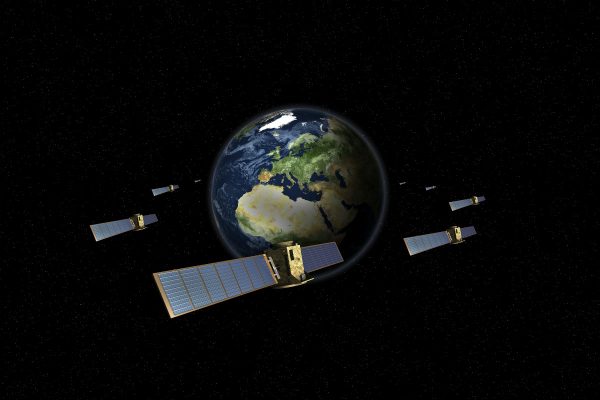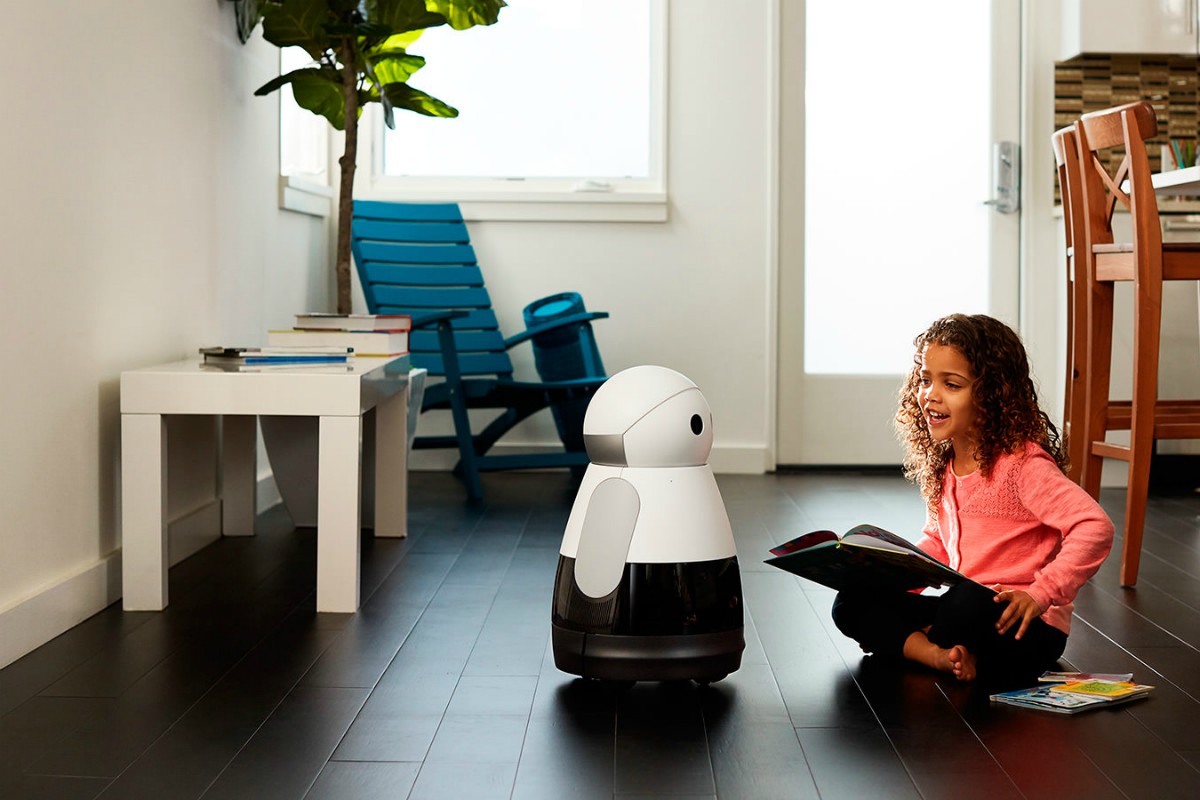Space Shuttle – The launch
The space shuttle is launched in a vertical position, with thrust provided by two solid rocket boosters, called the first stage, and three space shuttle main engines, called the second stage.
At liftoff, both the boosters and the main engines are operating. The three main engines together provide almost 1.2 million pounds of thrust and the two solid rocket boosters provide a total of 6,600,000 pounds of thrust.
The total thrust at launch is about 7.8 million pounds. To achieve orbit, the shuttle must accelerate from zero to a speed of almost 28,968 kilometers per hour (18,000 miles per hour), a speed nine times as fast as the average rifle bullet.
To travel that fast, it must reach an altitude above most of Earth’s atmosphere so that friction with the air will not slow it down or overheat it.
The journey starts relatively slowly: at liftoff, the shuttle weighs more than 2.04 million kilograms (4.5 million pounds) and it takes eight seconds for the engines and boosters to accelerate the ship to 161 kilometers per hour (100 mph.)
But by the time the first minute has passed, the shuttle is traveling more than 1,609 kilometers per hour (1,000 mph) and it has already consumed more than one and a half million pounds of fuel.
First Stage Ascent
After about two minutes, when the shuttle is about 45 kilometers (28 miles) high and traveling more than 4,828 kilometers per hour (3,000 mph), the propellant in the two boosters is exhausted and the booster casings are jettisoned.
They parachute into the Atlantic Ocean, splashing down about 225 kilometers (140 miles) off the Florida coast.
The empty boosters, the largest solid rockets ever built, are recovered by special NASA ships to be eventually refilled with fuel and launched again.
The solid fuel used by the boosters is actually powdered aluminum, a form of the same metal you find in foil wraps in your kitchen, with oxygen provided by a chemical called ammonium perchlorate.















Lascia un commento
Devi essere connesso per inviare un commento.